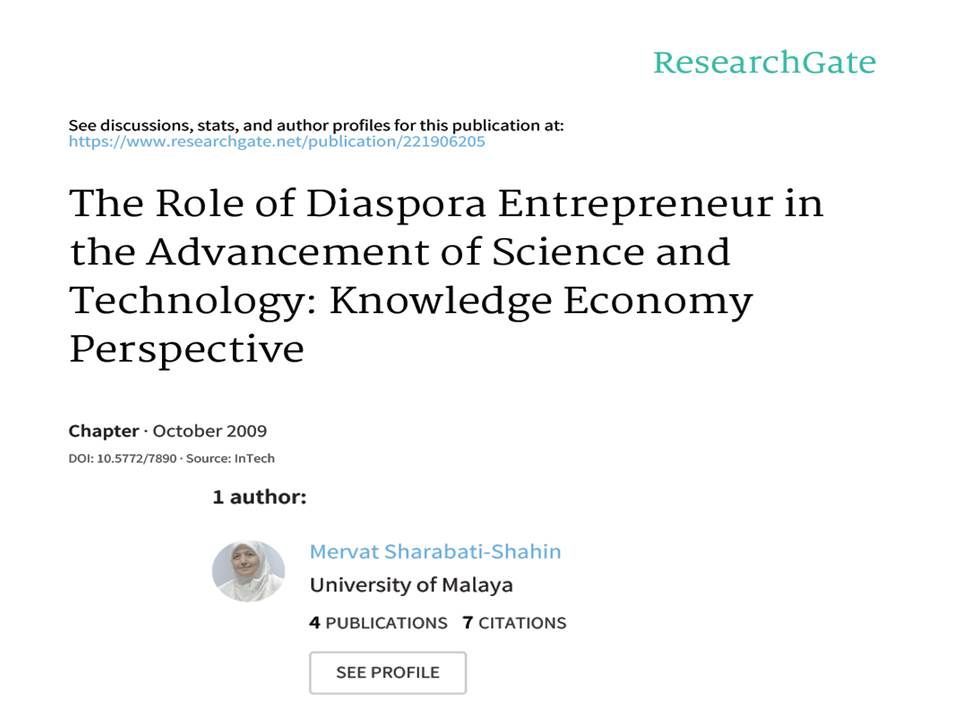1. Introduction
The industrial society brought with it a profound socioeconomic change that transformed the economy in many countries from largely rural societies engaged in agriculture to owner-centered societies engaged in the manufacture of goods (Al-Hawamdeh & Hart, 2002). Trends in world economy have clearly shifted towards a knowledge economy. In this instance, economic development calls more upon intangibles, i.e. brains, rather than tangibles, i.e. muscles, and productivity calls upon ideas, information and adaptive thinking. In view of this rising globalised knowledge economy, trans-national migrants are playing an increasing role contributing to demographic changes and answering to the competition amongst nations for skilled knowledge nomads.
Brain drain refers to the phenomenon of emigration of trained and talented individuals to other nations. This human capital flight is observed to have two key trajectories of migration: Firstly, the flow of brains from the developing nations to the developed nations, and secondly, from developed nations to developing nations. The first type of emigration is largely superior in numbers, to the latter. Emigrational trajectories can be characterised by divers push factors and pull factors, respectively, from countries of origin and to recipient countries. Conflict, health hazards, troubled economy or a difficult political situation, contribute substantially to this flight. There is also the search for greener economic pastures and opportunity for intellectual recognition or simply the prospect to exercise capacities that may not find a demand or appreciation in the country of origin.
The phenomenon of migration of people differs from country to country, from time to time, and from mechanism to mechanism. For example, the emigration trajectory may have resulted from brain overflow, resulting in turn in brain spill over absorbed into foreign markets. The migration of this surplus brain constitutes an overflow and can, if strategically coordinated, provide solutions for the brain exporting country. Another example is the brain exchange, a temporary phenomenon whereby brain drain is compensated by corresponding brain gain. This could be in the form of exchange of scholars, researchers and/or scientists.




